Like the dragon, Feng (凤, phoenix) is the most representative of the Chinese totem. As a rumored divine bird, the appearance of the phoenix also gathers the advantages of hundreds of beasts. In the ancient book "Er Ya", Guo Pu noted the image of a phoenix "chicken head, snake neck, swallow chin, turtle back, fishtail, variety of colors, about six feet high." But in the long years, the image of the Chinese phoenix has also been completely different in different times.
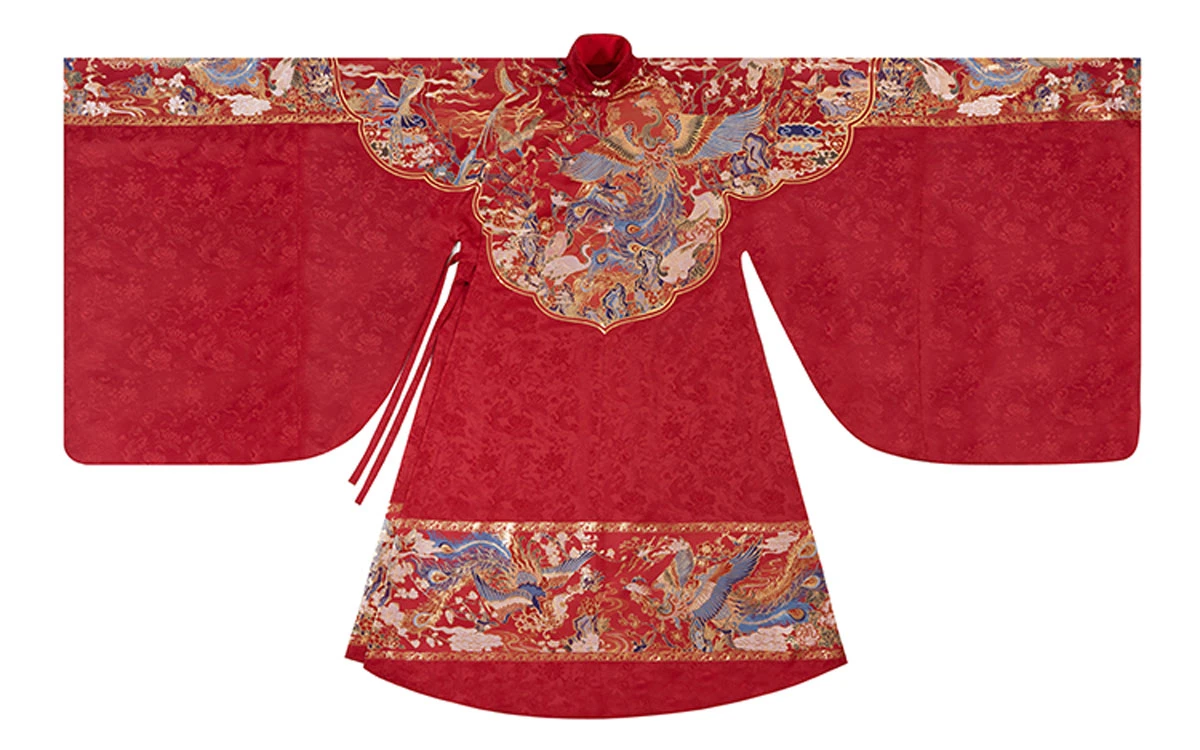
Shang and Zhou Dynasties
During the Shang and Zhou dynasties, ancient people's primitive totem worship of the phoenix gradually turned into awe of centralized rule. The divine bird phoenix has its special political meaning and has become an auspicious symbol of peace in the world.
Phoenix patterns usually only appear in bronzeware and jade decorations, which are the patent of princes and nobles. During the Shang and Zhou Dynasties, bronzeware was mostly used in sacrificial ceremonies and had a strict hierarchy. The sacrificial use determines the solemn and majestic overall style of bronzeware, and also affects the choice of pattern decoration on bronzeware.
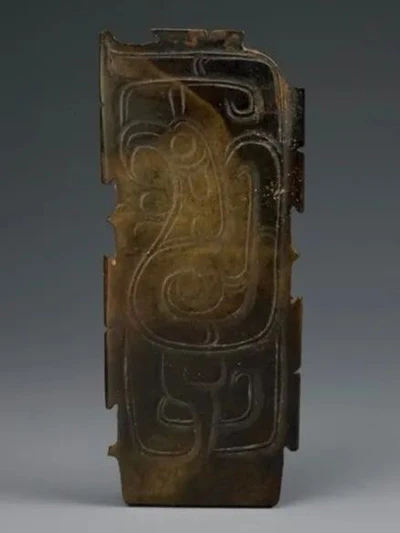
During this period, the phoenix pattern is mainly the image of Kuifeng (夔凤). The overall painting style is relatively abstract and simple. There is no overly complicated pattern, and it is more neat and solemn. The phoenix pattern in the jade is more visible in its antique character, with rounded lines and concise contours, which have a characteristic mysterious feeling.
Spring and Autumn Period and the Warring States Period
During the Spring and Autumn Period and the Warring States Period, the image of the Chinese phoenix was widely used, and the figure of the phoenix pattern can be seen in pottery, lacquerware, fabric, jade decoration, and mirror.
The image of the phoenix in this period has also changed a lot compared with that of the Shang and Zhou Dynasties, from mysterious and crude to beautiful. The main characteristics are a long neck and long legs, a beautiful crest, and a sagging tail, reflecting a light and lively, confident and proud state.

In addition, the phoenix pattern has also begun to appear with various cloud patterns and rhombus patterns, and gradually merged. The most important change in this period is that phoenix often appears with the dragon as a whole, and the classic combination of dragon and phoenix and auspicious cloud has lasted for thousands of years.
Qin and Han Dynasties
The phoenix pattern in the Qin and Han Dynasties was generally the same as that of the Spring and Autumn Period and the Warring States Period, but compared with its posture, it was lighter and more beautiful, and there was a dynamic sense of dancing.
The phoenix pattern was basically stereotyped in the Han Dynasty, which is close to the appearance of the phoenix in the eyes of people today. The phoenix pattern hidden on the jade piece hidden in the Palace Museum well reflects the characteristics of the phoenix pattern of the Han Dynasty. The body of the phoenix is thin and has a long tail, and the feathers above the head are long and forked. The posture is flexible and free, and the temperament is elegant and chic.
With the rise of Buddhism in the late Han Dynasty, influenced by the idea of detached foreign things in Buddhism, the image of the phoenix became more elegant and detached.
Sui and Tang Dynasties
After the Sui Dynasty ended the turmoil and chaos of the Wei, Jin, and Northern Dynasties, a unified nation was re-established, laying a solid foundation for the prosperity of the Tang Dynasty. Influenced by the times, the image of the phoenix in the Sui Dynasty not only had the elegance and thinness of the previous dynasty but also gradually showed the vigorous momentum of contemporary unification.
In the Tang Dynasty, in the heyday of China's feudal social development, artistic works were blooming, and the artistic style was gorgeous and prosperous, free and unrestrained. The phoenix pattern in this period naturally reflects the thriving and lively temperament of the times. Phoenix patterns are often combined with flowers and plants.
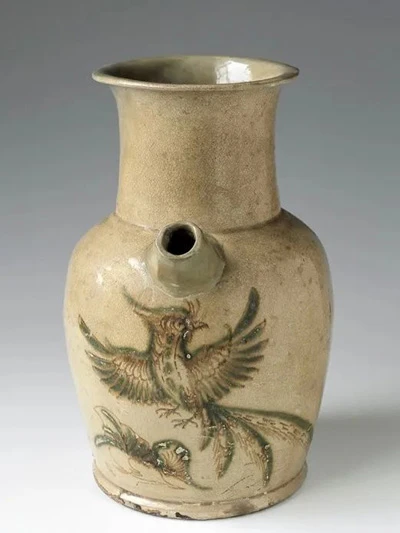
Song and Yuan Dynasties
From the various cultural relics of the Song Dynasty, it can be seen that the phoenixes of the Song Dynasty are smoother in lines and use fewer regular geometric patterns, making the overall style more delicate and elegant, fresh and soft, which is also consistent with the aesthetic style of the whole Song Dynasty known for elegant.
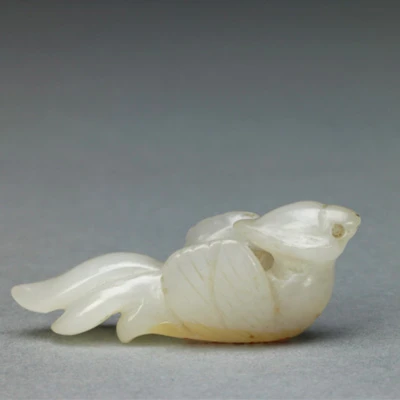
The phoenix pattern of the Song Dynasty was often matched with various patterns, especially peony flowers. One is the king of birds and the other is the king of flowers. In addition, the phoenix head often appears in various decorations as an independent pattern symbol.
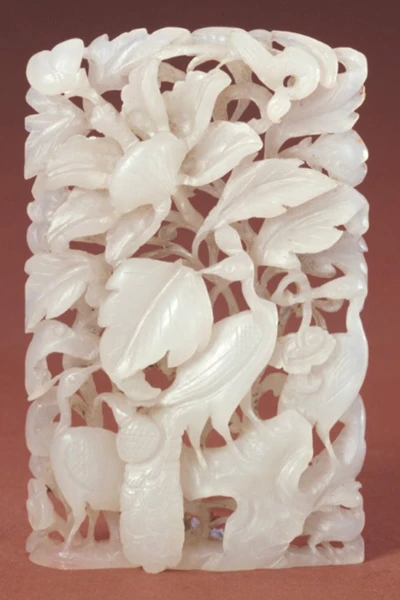
The image of the phoenix in the Yuan Dynasty is generally the same as that of the Song Dynasty, but its performance style is very different. The Yuan Dynasty advocated military, which was reflected in artistic works and reflected the unique positive and enterprising style of grassland culture. Carefully observed, most of the phoenixes of the Yuan Dynasty have a rather stretched posture as if the phoenix is going to soar in the air with wings the next second, quite conquering the kingly style of the birds.
Therefore, different from the elegance of the phoenix in the Song Dynasty, the overall style of the image of the phoenix in the Yuan Dynasty is both luxurious, atmospheric and vigorous.
Ming and Qing Dynasties
In the Ming Dynasty, the image of the dragon was exclusive to the emperor and a symbol of feudal autocratic centralization while the phoenix is different. The wedding custom of Feng Guan Xia Pei makes the use of the image of a phoenix further shift from aristocracy to common people so that women with ordinary identities can also use the phoenix element.
The culture and art of the Ming Dynasty are exquisite and gorgeous, and gradually breed the aesthetic interest of market culture. In this period, the phoenix in terms of shape and pattern has strong decoration, stylized and stylized characteristics, which reflects the popularity of the phoenix in the Ming Dynasty on a certain level.
By comparing the phoenix ceramic works of the Ming and Qing Dynasties, we can clearly feel that the Qing Dynasty continued the exquisiteness of the Ming Dynasty and carried forward this exquisiteness to the extent of complexity.
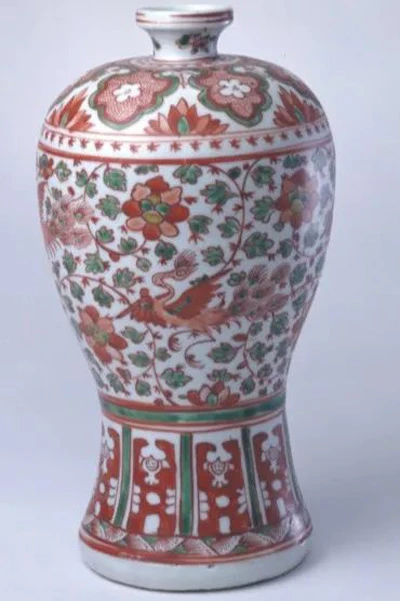
At the same time, the color selection of phoenix print works in the Qing Dynasty was also more gorgeous and bold. The image of "Dragon and Phoenix Bringing Prosperity" has been used on a large scale. Dragon and phoenix have simply become one of the most common elements in the pattern of the Qing Dynasty, active in all kinds of ceramics and fabrics.

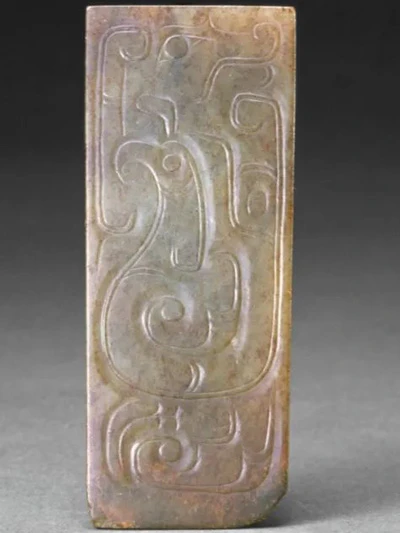
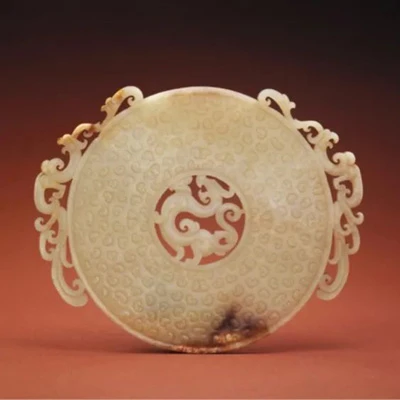

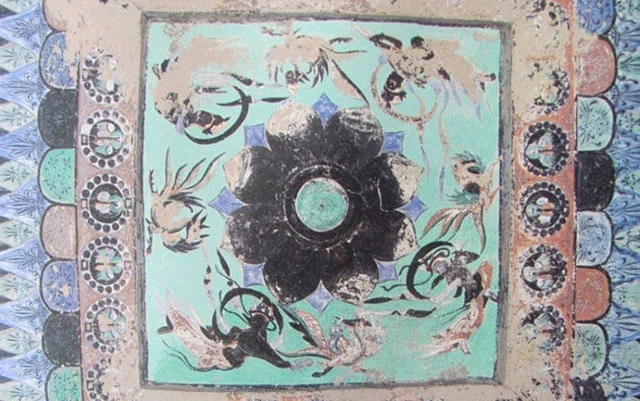
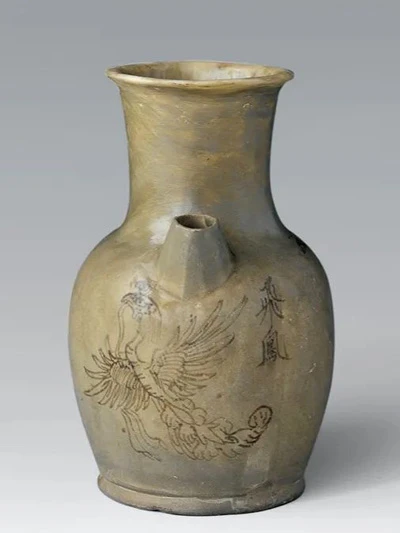
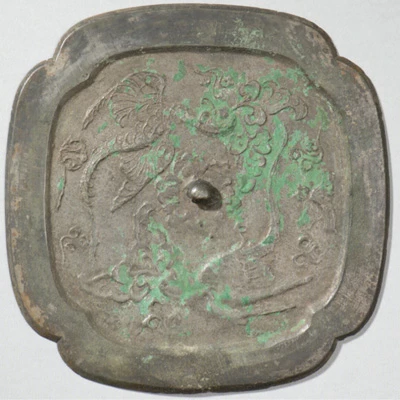
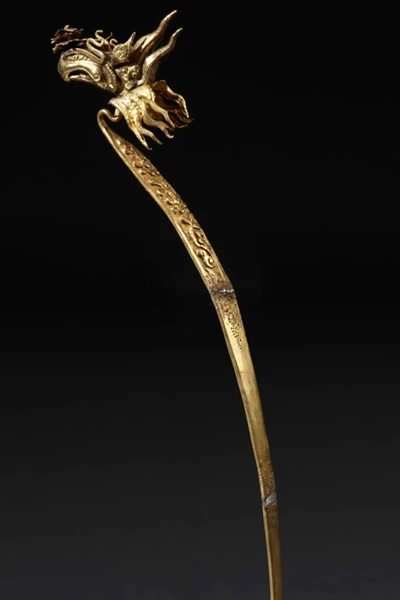

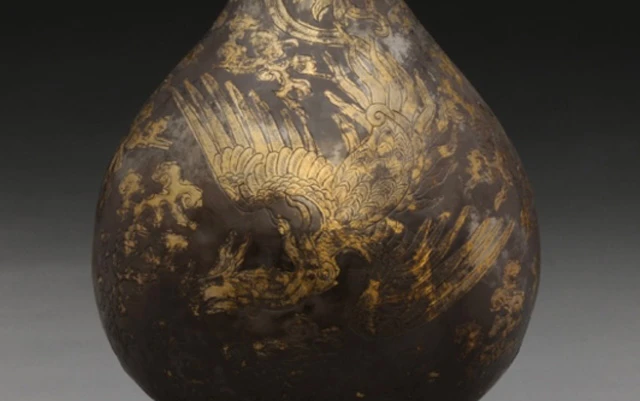
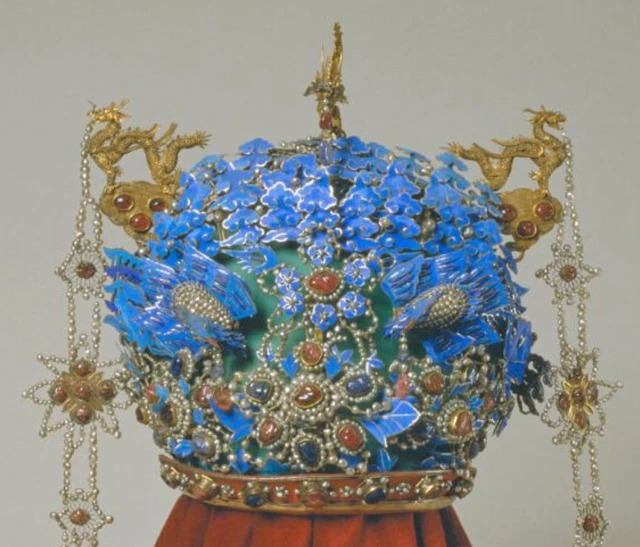
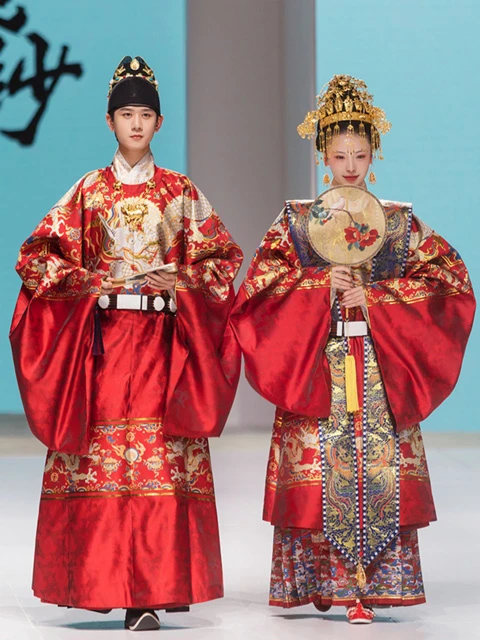
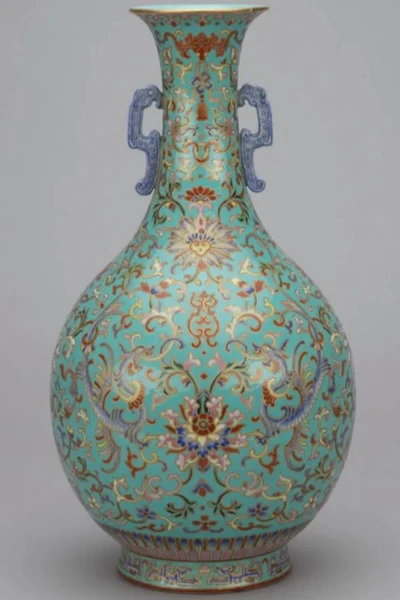
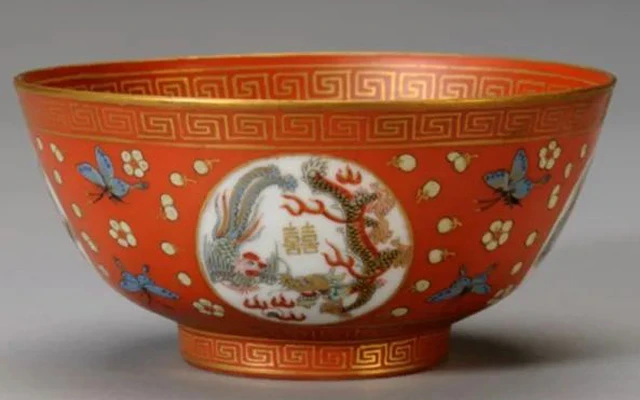
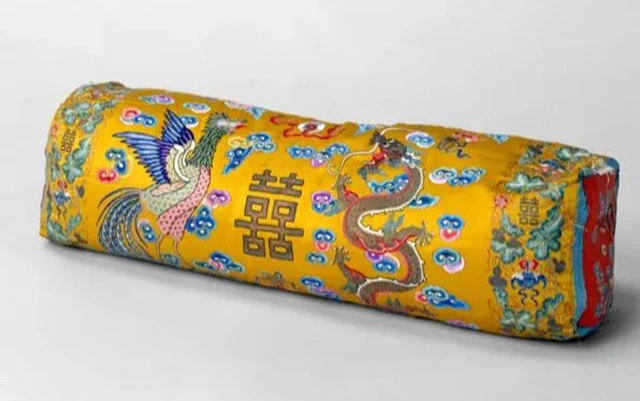


that's nice!
What a lovely topic!